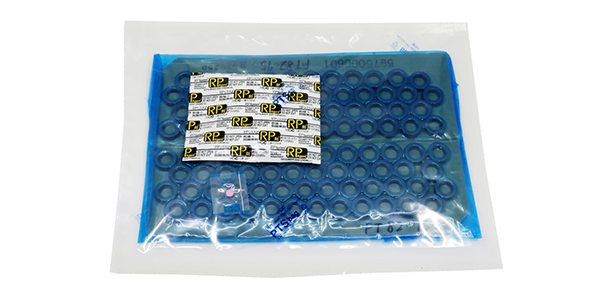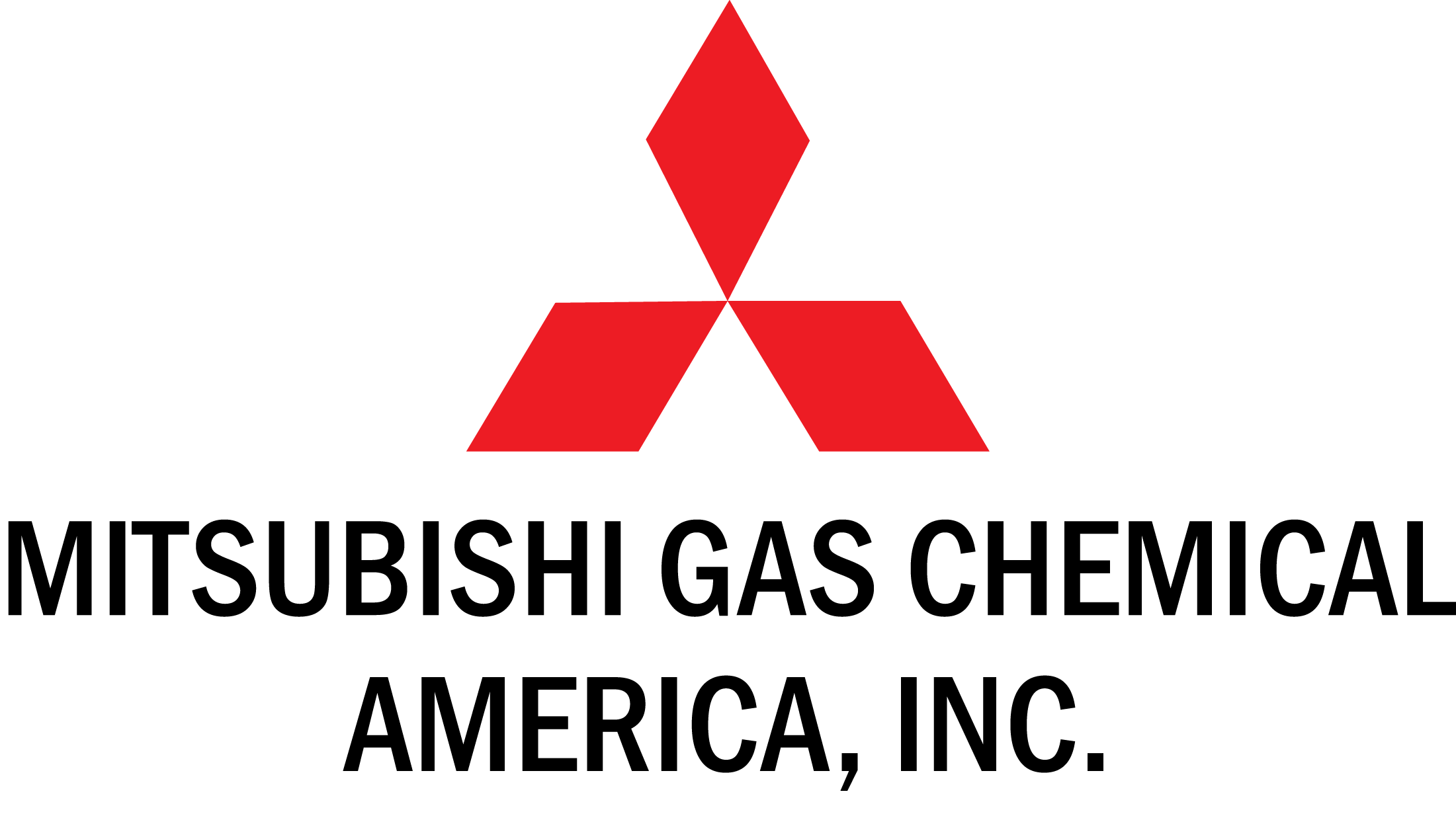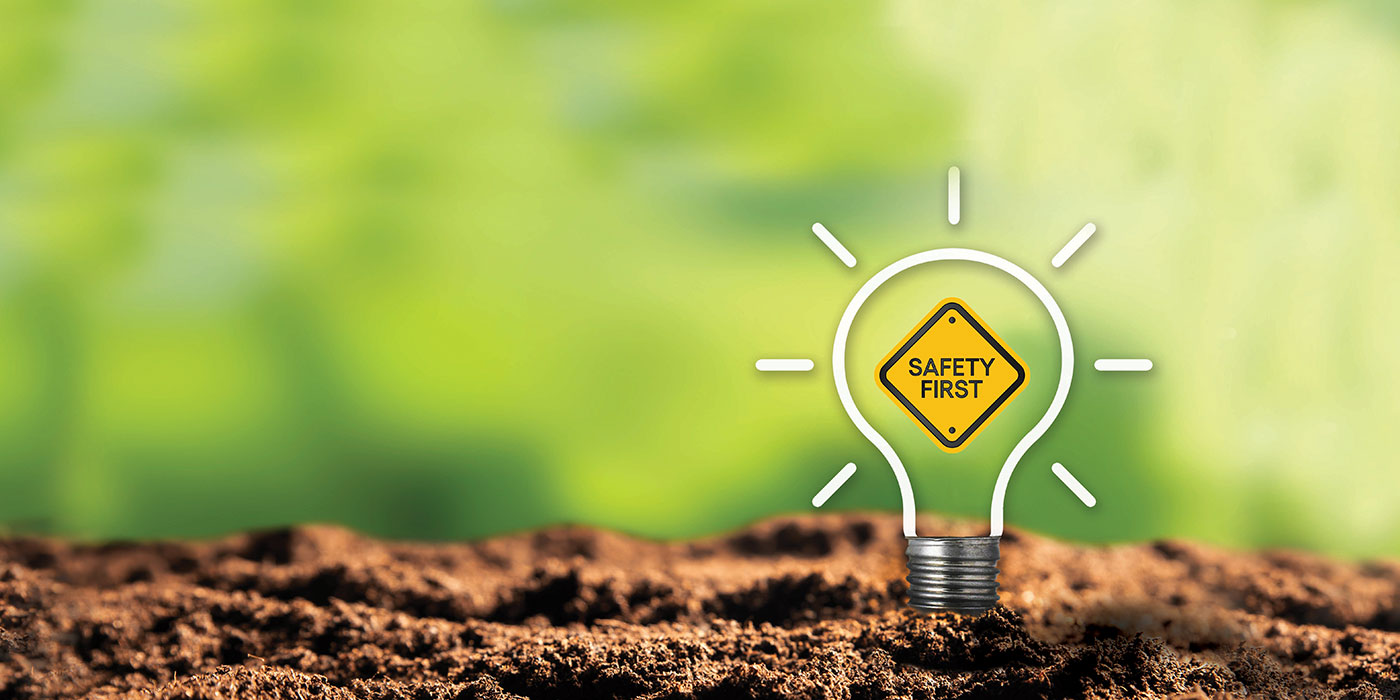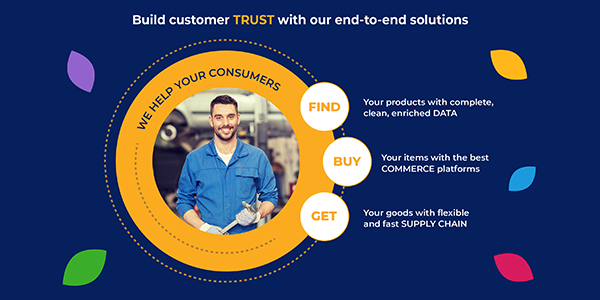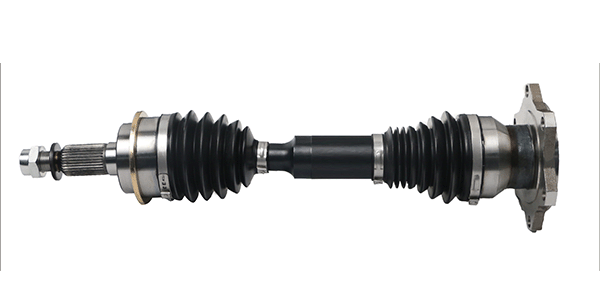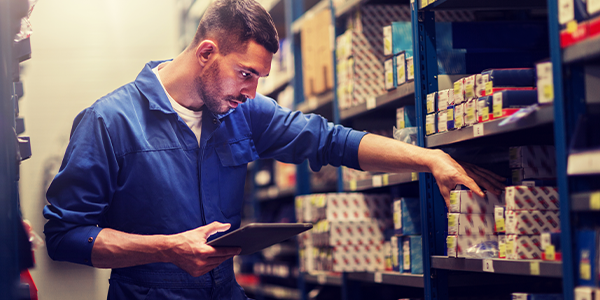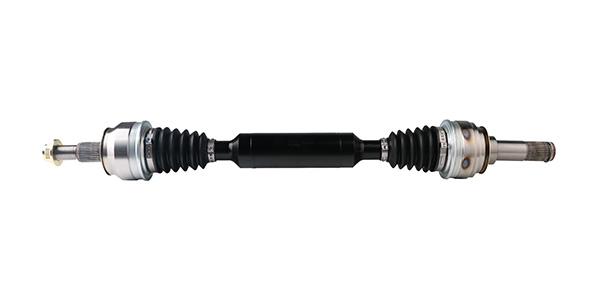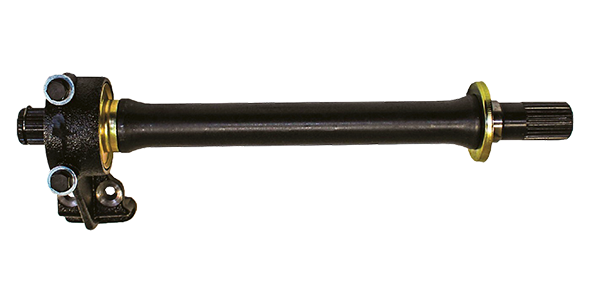The automotive industry is evolving at a rapid pace, consistently under pressure to cater to customer preferences and determine how to deliver final products at a time when demand is high and inventory cannot keep up. After years of manufacturing shutdowns, limited numbers of employees, and delays up and down the supply chain, automotive manufacturers are looking for every possible solution to stay afloat and evolve accordingly in the market. With preferences, and even requirements, for electric vehicles on the horizon, automotive manufacturers must consider new options for preserving products and changes to manufacturing methods in order to pivot as needed.
National regulations and customer preferences are shifting, causing automotive manufacturers to prioritize offering electric vehicle options to their customers. According to Bloomberg New Energy Finance, it is expected that electric vehicles will account for 10% of all new car sales in the United States by 2025 and 58% by 2040. In fact, earlier this year, it was announced that all sales of light-duty passenger vehicles in California must be Zero Emission Vehicles or plug-in hybrid electric vehicles by 2035.[1] Along with a shift towards electric vehicles comes the need for numerous critical components such as circuit boards, flexible substrate, and various electrical parts. These items are crucial to electric vehicles and require careful, tailored protection beginning from initial creation through final destination.
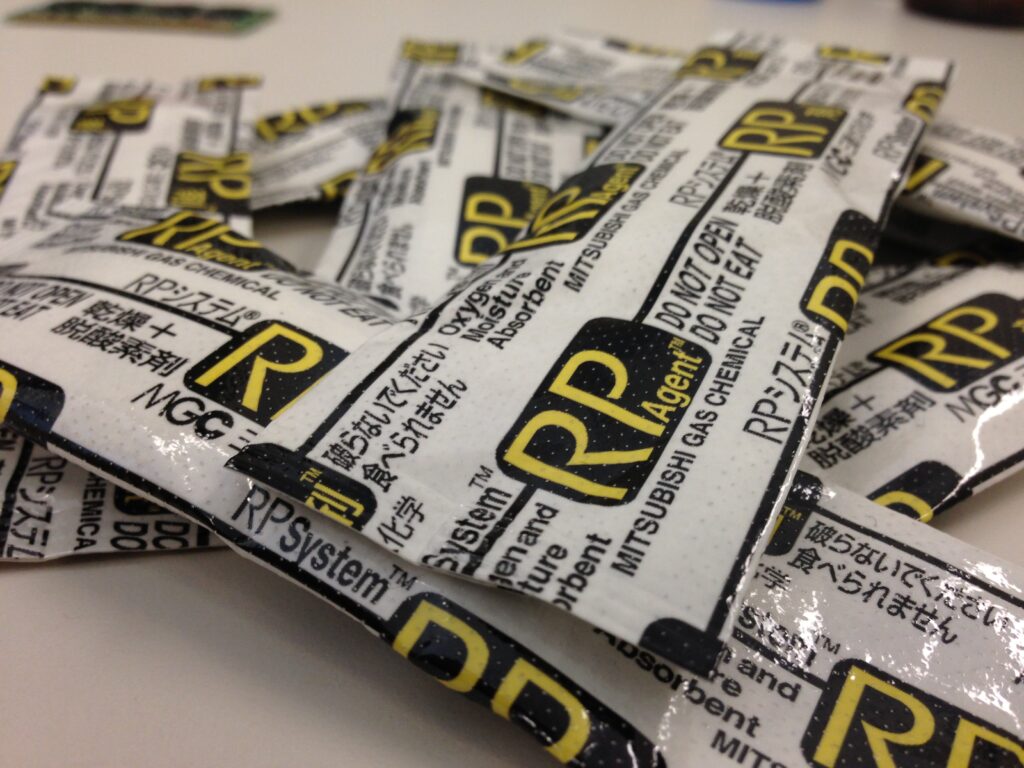
A vast majority of electronic components that make up electric vehicles are subject to rust and oxidation during transit and storage. Many automotive manufacturers use moisture absorbers, anti-rust grease coatings, or plastic and paper packaging to protect parts from the elements. However, these methods are not a catch-all for protection, and many auto manufacturers still struggle to find the right solution. Recently, a one-of-a-kind packaging technology that combines dual moisture and oxygen protection was introduced in the United States and Canada. RP System™, which is manufactured in Japan and used widely across Asia, has proven to be a successful protection method for automotive manufacturers shipping or storing critical components long-term.
Mitsubishi Gas Chemical designed this innovative all-in-one packaging solution that aims to enhance original product integrity in an effective and efficient manner. RP System consists of a gas barrier bag and a customized RP agent composed of oxygen and moisture absorbing compounds to maintain product quality. The bag is hermetically sealed to prevent oxygen and moisture penetration, and the RP agent and bag can be customized, depending on the needs of the item being shipped or stored. With packaging innovations like these available to automotive manufacturers, they can then consider the next step of shifting their production styles to combat product shortages and delays, all while driving towards a more sustainable way of doing business.
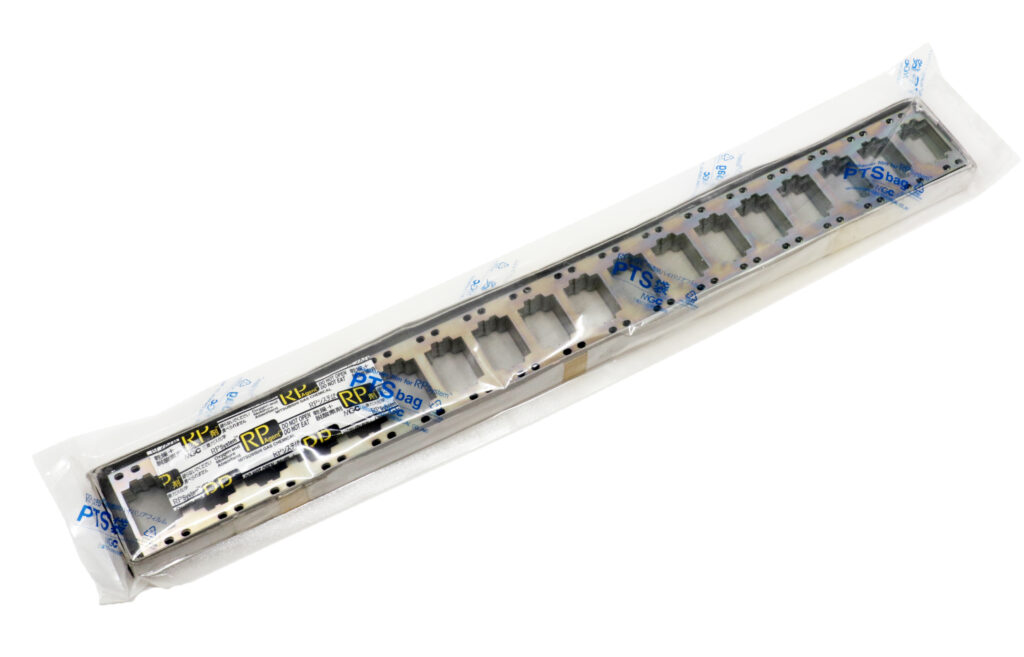
Since the 1970s, many automotive manufacturers have followed the “just in time” model initially coined by Toyota. Although the method has proven to be successful for decades, many automotive manufacturers are now seeing problems with the just in time model due to recent events that have caused breakdowns throughout the supply chain. With automotive manufacturers working with reduced staff, delayed shipping times, and last-mile delivery concerns, it has become difficult to fulfill orders with limited turnaround time. Toyota, Nissan, and Suzuki have all started, or started to consider, increasing inventory for some components by multiple months.[2] By increasing inventory and shifting towards a batch manufacturing model, auto manufacturers can attempt to combat exorbitant lead times. Additionally, while preferences may be shifting towards electric vehicles, automotive manufacturers will still need to produce replacement parts for standard gas-powered vehicles. With the ability to store products for longer with RP System, manufacturers can batch produce older parts in preparation for long-term storage, clearing up manufacturing lines for new electric car components. In addition to helping companies avoid lengthy delays, batch manufacturing also supports sustainability efforts – the core guiding principles for many companies.
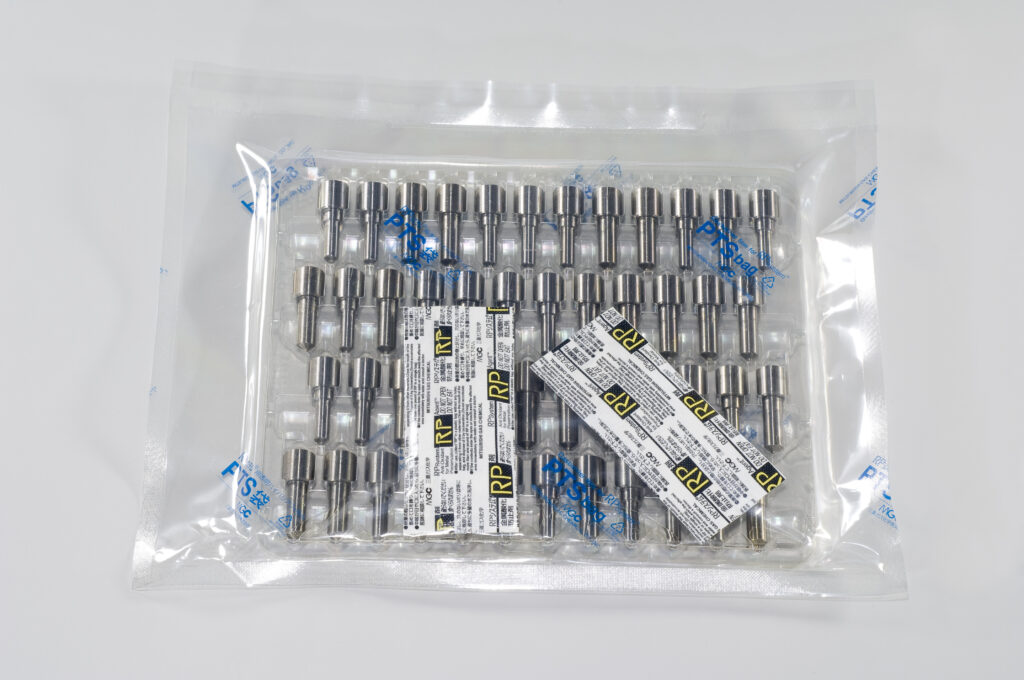
The short production runs used in the just in time model are often more energy intensive due to the amount of energy needed to turn equipment on and off regularly. By implementing larger, less energy intensive production runs, automotive companies can support their overall sustainability efforts by decreasing energy usage and emissions at their manufacturing facilities. Additionally, by producing larger amounts of products and storing them for future use, with the right protection, companies can avoid product loss due to rust or oxidation, which would then require returns, exchanges, or refurbishing of parts. By focusing on eliminating oxygen and moisture during shipping and storage, manufacturers can ensure their sensitive components will be safeguarded throughout the entire supply chain, therefore reducing the amount of damaged and returned materials over time.
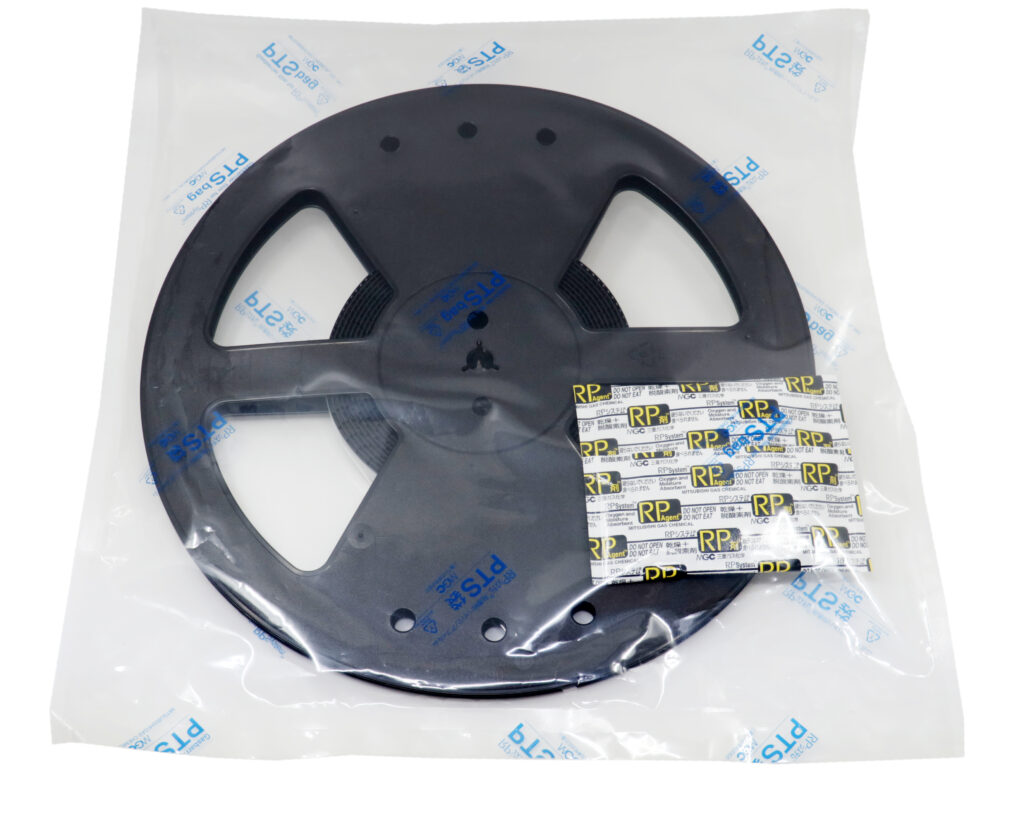
One thing is abundantly clear – electric vehicles are a guaranteed part of our future. Automotive manufacturers are now tasked with the challenges of adapting to new consumer preferences, shifting decades old business models towards new production methods, and ensuring protection of components in order to deliver high-quality products to customers efficiently and effectively. As consumer preferences shift towards more eco-friendly options, it is also up to automotive companies to employ sustainable practices – the short drives that will go a long way on the long road to a more sustainable future.
[1] “Electricity Laws and Incentives in California.” Alternative Fuels Data Center: Electricity Laws and Incentives in California, Aug. 2022, https://afdc.energy.gov/fuels/laws/ELEC?state=CA#:~:text=All%20sales%20of%20new%20light,light%2Dduty%20cars%20and%20trucks.
[2] “Toyota Ditches Signature ‘Just-in-Time’ to Fight Chip Crunch.” Nikkei Asia, Nikkei Asia, 15 Sept. 2021, https://asia.nikkei.com/Business/Automobiles/Toyota-ditches-signature-just-in-time-to-fight-chip-crunch.
About the Author:

Sean J. Hael, North American General Manager Sales & Marketing, Oxygen Absorbers Division
Sean Hael graduated from the University of Wisconsin in Milwaukee with a degree in Public Relations and Advertising. After graduation, he spent 8 years in Japan learning about international business culture and mastering the language. Sean joined Mitsubishi Gas Chemical America in New York as a sales representative upon his return from Japan in 2013.
In 2017, Sean assumed the position of Sales and Marketing manager in the oxygen absorbers division and was promoted to his current position as General Manager of Sales and Marketing in February 2021.
Sean was an integral part of the Mitsubishi Gas Chemical America team that launched the oxygen absorbing resin NutraSave™ in 2017. That same year, Sean gave an innovation stage presentation on the shelf-life extension technology during PACK EXPO and also penned multiple articles, which appeared in such publications as Packaging Strategies and Food Safety Magazine.
Sean lives with his wife and twin daughters in Milwaukee, Wisconsin.
To learn more about Mitsubishi Gas Chemical’s oxygen absorber technology visit: rpsystem.info.
This Article is Sponsored by: Mitsubishi Gas Chemical America

